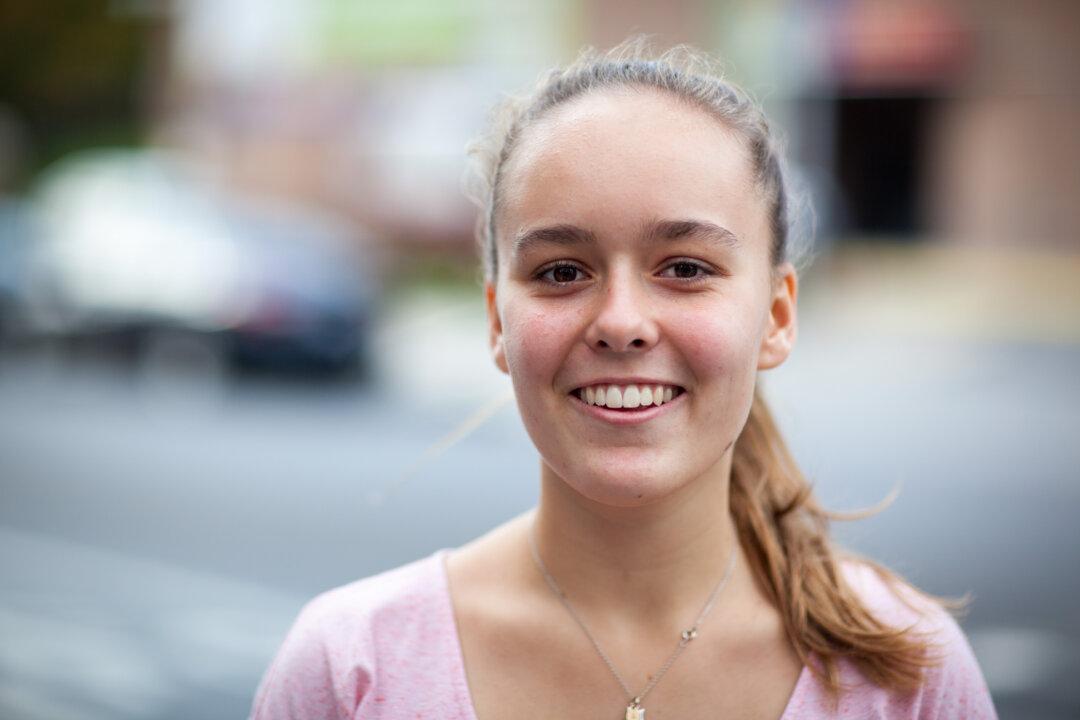NEW YORK—Alison Collard de Beaufort has been through some difficult years. Just when she started eighth grade in 2013, her friend Sammy Cohen Eckstein, 12, was struck and killed by a van on his way home from school. “It was very devastating,” she said. “Everyone was crying.”
Nine months later, another schoolmate, Joie Sellers, 12, was killed by a hit-and-run driver. Students poured out their sentiments on social media; Instagram was filled with memorial photos.
Summer break passed and Collard de Beaufort started at Brooklyn Technical High School. Not even three months into the school year, a fellow freshman, Mohammad Uddin, 14, was killed in another hit-and-run incident.
She'd had enough.
“I was mad,” she said. “I wanted people to start paying attention.”
And so she started to send out emails to connect with leaders in her community. Her local council member, Brad Lander, responded, as did the principal from her old middle school, M.S. 51 in Park Slope. After talking to them, she founded the Vision Zero Youth Council, a youth organization to educate children about pedestrian safety.
Vision Zero is a Swedish initiative to reduce all pedestrian fatalities to zero, based on the concept that streets should be engineered to account for human error. New York City Mayor Bill de Blasio kicked off his Vision Zero initiative in 2014, clamping down on traffic violations, redesigning streets, and running an education campaign.
The city’s initiative “invites every New Yorker to join the public conversation on street safety,” its website states, and that’s exactly what Collard de Beaufort wanted.






